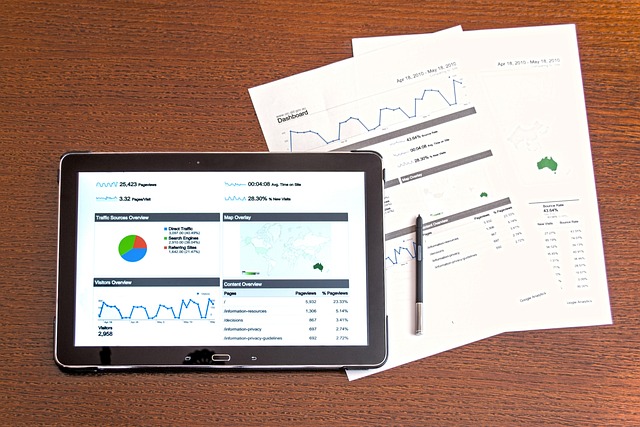AI subscription-based meal forecasting leverages machine learning algorithms to create personalized diet plans based on users' preferences, past orders, and health goals. By analyzing vast recipe databases and trends, this technology offers precise meal suggestions tailored to individual tastes. Integrated with Robotic Process Automation (RPA), it streamlines order processing, route optimization, and delivery tracking, reducing food waste, minimizing errors, and enhancing customer satisfaction. However, successful implementation requires addressing data quality, accessibility, security challenges, and understanding market dynamics for effective AI integration in meal forecasting models.
“Revolutionize your business with AI Subscription-Based Meal Forecasting, a game-changing strategy. This advanced technology predicts culinary trends and customer preferences, optimizing meal planning and delivery services. Discover how it works under the hood, exploring its benefits, from cost reduction to enhanced menu personalization.
However, integrating AI in the food industry isn’t without challenges. Navigate these hurdles by understanding data privacy concerns, ensuring robust security measures, and addressing potential bias in algorithms. Embrace the future of food service with our comprehensive guide.”
- Understanding AI Subscription-Based Meal Forecasting: How It Works
- Benefits of Implementing RPA in Meal Planning and Delivery Services
- Challenges and Considerations for Integrating AI in Food Industry Automation
Understanding AI Subscription-Based Meal Forecasting: How It Works

AI subscription-based meal forecasting is a cutting-edge approach that leverages artificial intelligence to predict and optimize meal choices for subscribers. This innovative service operates by collecting and analyzing vast amounts of data, including dietary preferences, past orders, and nutritional needs, to create personalized meal plans tailored to each individual’s unique tastes and requirements.
The process begins with users providing their profile information and setting specific dietary goals or constraints. The AI system then employs machine learning algorithms to cross-reference this data with a comprehensive database of recipes, ingredients, and culinary trends. By continuously refining its models based on feedback loops, the AI subscription service ensures that meal suggestions become increasingly accurate and aligned with subscribers’ preferences over time.
Benefits of Implementing RPA in Meal Planning and Delivery Services

The implementation of AI business robotic process automation (RPA) in meal planning and delivery services offers significant advantages, enhancing efficiency and customer satisfaction. One of the key benefits is the ability to streamline subscription-based meal forecasting. With RPA, meal planning platforms can automatically analyze past customer orders, dietary preferences, and seasonal trends to predict future demands accurately. This precision reduces food waste by optimizing inventory management and ensures customers receive tailored meals that align with their tastes and requirements.
Additionally, RPA improves delivery logistics by automating order processing, route optimization, and real-time tracking. By handling repetitive tasks, RPA frees up human resources to focus on more strategic roles, such as menu development and personalized customer service. This results in faster delivery times, improved accuracy, and a superior overall dining experience for customers.
Challenges and Considerations for Integrating AI in Food Industry Automation

The integration of Artificial Intelligence (AI) in the food industry through robotic process automation presents a promising future for streamlining operations and enhancing efficiency. However, several challenges must be addressed to ensure successful implementation. One key consideration is data quality and accessibility. AI algorithms heavily rely on accurate, diverse, and readily available data to train and make informed decisions. In the food sector, this includes detailed information about ingredients, recipes, production processes, and consumer preferences, which must be carefully curated and organized.
Another critical aspect is the adoption of subscription-based meal forecasting models. These models can optimize inventory management and reduce waste by predicting demand accurately. However, integrating AI into such systems requires a deep understanding of market trends, seasonal variations, and consumer behavior. Additionally, ensuring data security and privacy in an era of increasing cyber threats is essential to build trust among consumers and businesses alike.
AI subscription-based meal forecasting and robotic process automation (RPA) are transforming the food industry by streamlining meal planning and delivery services. The benefits are clear, from improved efficiency and cost savings to enhanced customer experiences through personalized menus. However, challenges such as data privacy concerns and integration complexities must be carefully navigated. As the food industry continues to embrace technology, a thoughtful approach that leverages AI subscription-based meal forecasting and RPA will be key to staying competitive and meeting the evolving needs of consumers.
